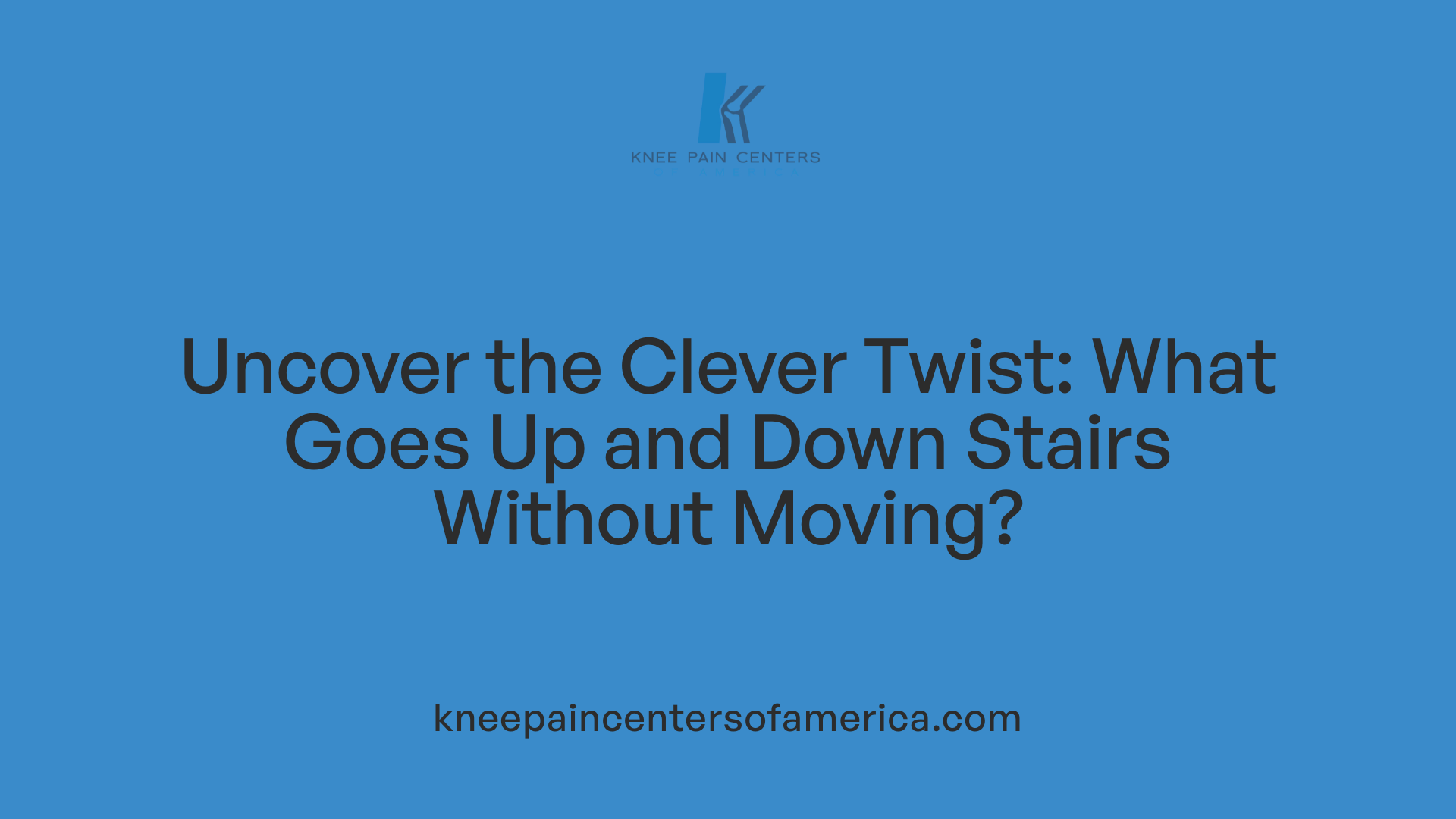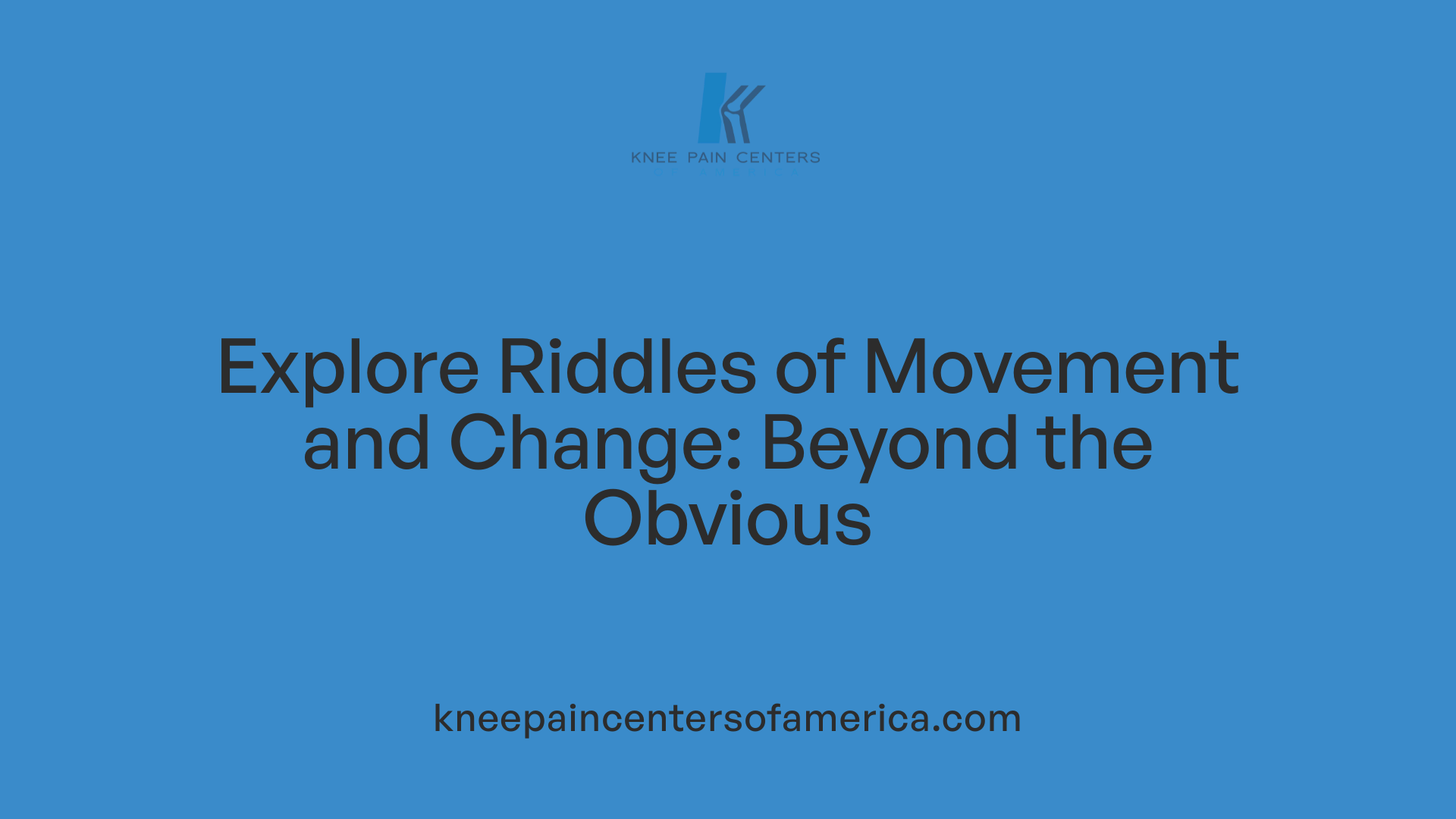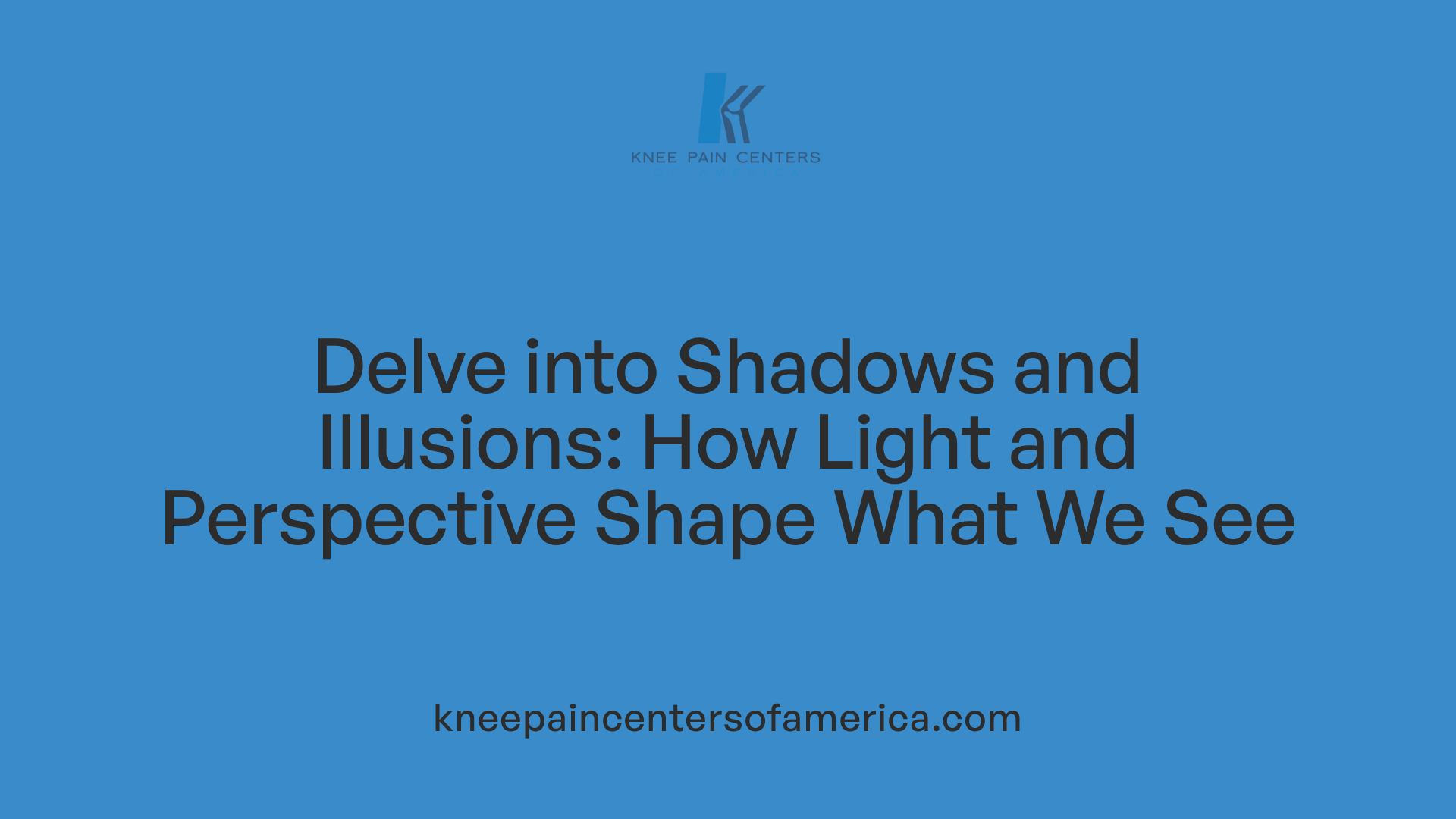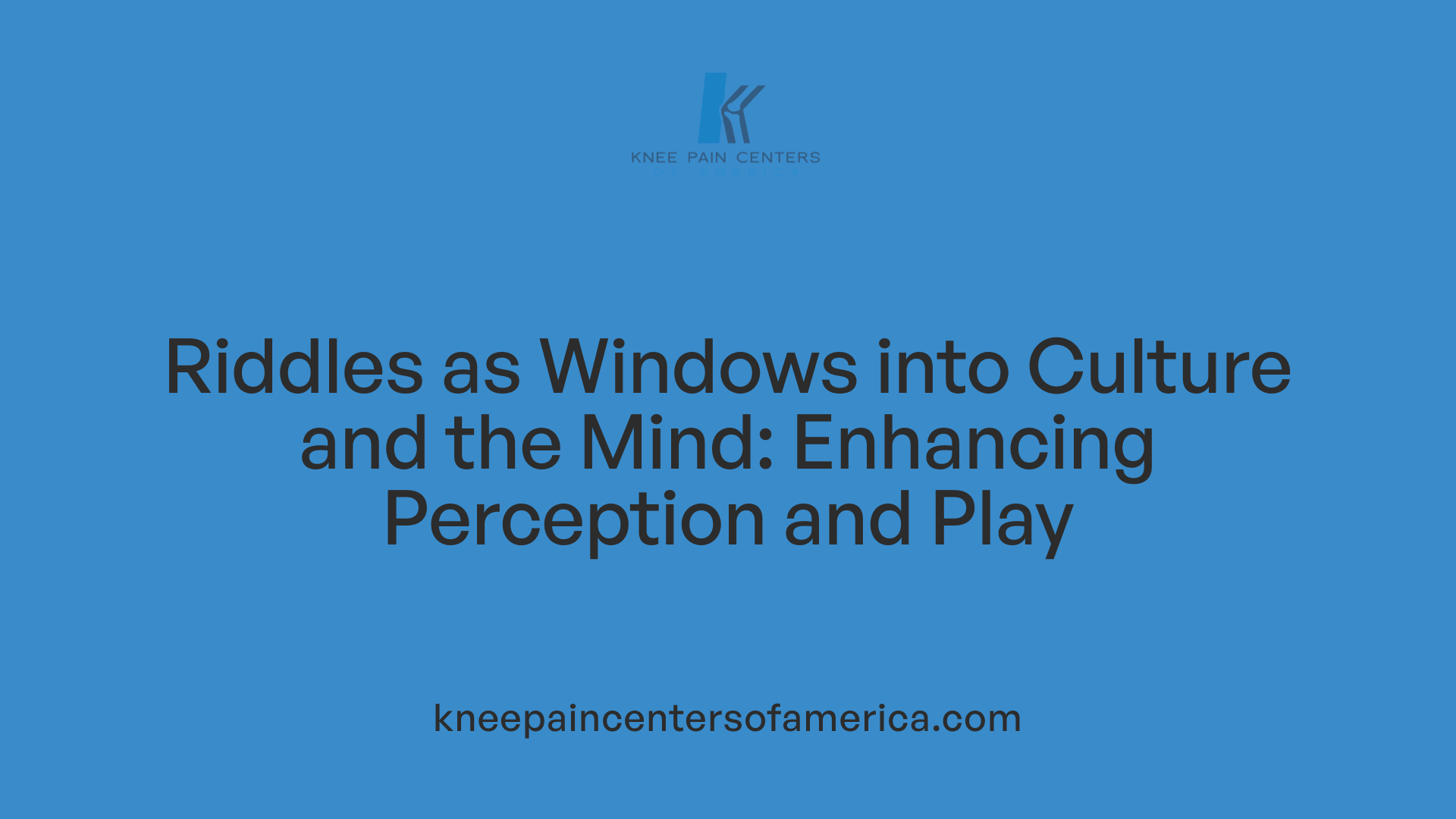Unraveling the Riddles and Principles Behind a Classic Brain Teaser
The question 'What Goes Up and Down Stairs Without Moving' has puzzled many for generations. On the surface, it appears simple, yet it conceals a deeper meaning rooted in wordplay, perception, and the nature of movement. This article explores the answer, the reasoning behind it, related riddles, and the scientific principles involved, shedding light on how objects and concepts can seem to traverse stairs without physically doing so.
The Classic Riddle and Its Answer

What is the answer to the riddle 'What Goes Up and Down Stairs Without Moving'?
The straightforward answer is: A staircase!
This riddle plays on the literal versus the figurative meaning of movement. Stairs themselves are fixed structures, but they enable people to go up and down. So, they 'go' in terms of facilitating movement without actually moving.
Another amusing answer sometimes suggested is a handrail or banister. Like the stairs, these are stationary but run along the stairs, providing support as you ascend or descend.
Even patterns or markings on the stairs can create an illusion of movement, adding to the playful nature of the riddle.
Why Are These Answers Fitting or Humorous?
The humor or cleverness lies in the unexpected twist—objects associated with movement are actually stationary, yet they 'go' in a sense because they guide or frame the action.
This riddle is designed to surprise the listener by making them think beyond literal movement. It's a fun way to highlight how language and perspective can be playful.
The answer 'a staircase' also makes sense considering the age group it's aimed at—kids. The simplicity and pun make it memorable and engaging.
The Categorization as a Kids' Riddle
Websites categorize this type of riddle as appropriate for children because it uses familiar objects—stairs—and simple language.
Kids enjoy riddles like these because they challenge their thinking in a light-hearted way. It introduces them to lateral thinking and wordplay without complex concepts.
Overall, this riddle and its answer exemplify how a straightforward question can spark curiosity and amusement, especially when it taps into everyday objects like stairs and carpets.
| Riddle Question |
Typical Answer |
Why It Fits |
Category |
| What goes up and down stairs without moving? |
A staircase or a carpet (if carpeted stairs) |
Uses familiar objects, playful language, suitable for children |
Kids' Riddle |
In summary, the key to understanding this riddle is recognizing the differences between literal and figurative movement, the role of objects like stairs or carpets, and how simple language can create engaging puzzles for all ages.
Understanding the Riddle's Depth and Related Puzzles
 The riddle 'What goes up and down stairs without moving?' is a popular brainteaser, often categorized as suitable for children. Its playful answer is 'a carpet,' which remains stationary even as people go up and down stairs. This riddle exemplifies how language and perception can create clever puzzles that entertain and challenge our thinking.
The riddle 'What goes up and down stairs without moving?' is a popular brainteaser, often categorized as suitable for children. Its playful answer is 'a carpet,' which remains stationary even as people go up and down stairs. This riddle exemplifies how language and perception can create clever puzzles that entertain and challenge our thinking.
One common aspect of this riddle is the distinction between literal and figurative interpretations. The literal view sees the carpet as an object that physically stays still, while the figurative viewpoint explores how the phrase 'going up and down' can describe other phenomena, such as changes or movements not involving actual displacement.
Several related riddles expand on the theme of 'going up and down' without true movement. For instance, the question 'What goes up and never comes down?' typically refers to 'your age.' This riddle plays on the concept that as time passes, your age only increases, never decreasing, making it a timeless and well-loved brainteaser.
Another variation is 'What can go up and down but does not move?' Often, this refers to temperature, which fluctuates over time or with seasons but is not a physical entity that moves. It illustrates how different objects or concepts can fit the same descriptive phrase through varying interpretations.
Understanding the reasoning behind these riddles involves recognizing that 'going up and down' may be metaphorical rather than literal. For example, in the case of a person's emotions or measurements like tide levels, the phrase indicates change in state or level without physical movement. Such riddles highlight the importance of context and perspective, encouraging us to think beyond the obvious.
The principles behind shadow movement on stairs support this idea. Shadows appear to move up and down due to changes in light angle, object position, and the geometry of stairs, even though the shadow itself remains stationary in reality. The shifting perspective, illumination intensity, and surface textures cause the shadow's appearance to fluctuate, creating the illusion of movement.
Here is a comparative table summarizing different related riddles and their interpretations:
| Riddle |
Common Answer |
Explanation |
| What goes up and down stairs without moving? |
Carpet |
Stationary item enabling movement of people between floors |
| What goes up and never comes down? |
Your age |
Increases with time, never decreases |
| What can go up and down but does not move? |
Temperature |
Fluctuates over time, not a physical change in position |
| Shadow movement on stairs |
Changes in light and geometry |
Shadows shift due to angles and surface shapes, not actual movement |
In exploring these phrases and riddles, it becomes clear how language enables us to consider multiple layers of meaning. Whether it's a carpet, age, temperature, or shadows, each example reflects different ways the human mind perceives and interprets 'up and down' in diverse contexts.
The Physics and Perception of Shadows and Illusions

How shadows can appear to move up and down stairs without actual movement
Shadows appearing to move along stairs without any real movement are fascinating optical illusions. This phenomenon is primarily caused by the shifting position of the shadow's projection, which results from changes in the angle of light and the geometry of the stairs. As the light source's position or the observer's perspective shifts, the shadow's outline seems to slide up or down the staircase, creating the illusion of movement.
Principles of light projection and geometry affecting shadow movement
The way shadows behave on stairs depends on fundamental projection principles. When light hits an object, it casts a shadow based on the interaction between the light source, the object, and the surface onto which the shadow is projected. The shape and size of the shadow are directly influenced by the geometry of the object and the structure of the stairs.
This interaction involves key principles such as how angles of incidence and reflection change with different positions of light and viewer. The stair geometry, with its inclined surfaces and steps, acts as a three-dimensional projection surface that distorts the shadow's shape, often creating the illusion of it moving up or down.
Influence of light angle, intensity, perspective, and surface texture on shadow perception
The perceived movement of shadows is also affected by various factors:
- Light angle: Low-angle light sources produce elongated shadows, accentuating the up-and-down illusion.
- Light intensity: Brighter illumination results in sharper, more defined shadows, while softer light produces blurry, less noticeable shadows.
- Perspective: The observer’s viewpoint impacts how the shadow’s movement is perceived. Moving around or changing position can make the shadow seem to shift subtly.
- Surface texture: Smooth surfaces create clear, crisp shadows, whereas rough or textured surfaces diffuse shadows, making their movement less distinct.
Temporal shifts and the shape of objects affecting shadow behavior
Shadows are also affected over time by the natural movement of light sources, such as the sun. As the sun changes position throughout the day, the angle of light shifts, causing the shadows to lengthen, shorten, and sometimes appear to move along the stairs.
Furthermore, the shape of the object casting the shadow plays a crucial role. Different shapes produce varied shadow outlines, influencing how motion is perceived. For example, a tall, narrow object will cast a different shadow pattern compared to a wide, flat object, even under the same lighting conditions.
| Factor |
Impact Argument |
Explanation |
| Light angle |
Primary driver of shadow direction and elongation |
Low-angle creates longer shadows |
| Light intensity |
Affects clarity and definition of shadows |
Higher intensity sharpens shadows |
| Perspective |
Alters perceived shadow movement from different vantage points |
Perspective shifts can simulate movement |
| Surface texture |
Diffuses or sharpens shadow outlines |
Rough surfaces soften shadows |
| Sun's position over time |
Causes natural temporal movement of shadows |
Daily change in sun's angle |
| Object shape |
Defines the outline and perceived motion of the shadow |
Different objects produce different shadow patterns |
Understanding how these elements interact provides insights into why shadows can appear to move independently of physical objects, creating intriguing illusions on staircases and other surfaces.
Broad Reflections on the Cultural and Cognitive Significance

How riddles like this challenge perceptions and brain function
Riddles such as 'What goes up and down stairs without moving?' serve more than just entertainment; they actively engage our thinking processes. These puzzles challenge our perception by prompting us to consider everyday objects in new ways, encouraging lateral thinking. For instance, the answer 'carpet' makes us think about the hidden or overlooked aspects of common items, fostering cognitive flexibility.
This type of brain teaser taps into problem-solving skills, pattern recognition, and the ability to think abstractly. It requires us to break free from literal interpretations and explore alternative meanings, which enhances mental agility. These riddles also stimulate memory recall, as they often rely on familiar experiences or objects stored in our long-term memory.
The role of humor and playful language in learning and entertainment
Humor is a fundamental aspect of riddles, making them engaging and approachable for audiences of all ages. Playful language, puns, and clever twists make riddles memorable and enjoyable. For children, these puzzles are a fun way to develop language skills, vocabulary, and cognitive reasoning.
Using humor and light-hearted challenges in learning environments can boost motivation and reduce anxiety around problem-solving. When a riddle like this one is solved, there’s a shared sense of joy and achievement that reinforces positive attitudes toward critical thinking.
Cultural significance of interpreting physical phenomena in everyday life
Interpreting phenomena such as shadows and movement in daily life reflects our innate curiosity and desire to understand the world. Riddles that involve physical phenomena, like shadows moving without apparent cause, connect us to natural principles such as light and geometry.
These interpretations highlight how humans historically have used observation and reasoning to make sense of their environment. They serve as educational tools, sparking interest in science and encouraging observations about physics and natural laws in everyday situations.
Encouraging critical thinking through simple yet intriguing puzzles
Even simple questions can be powerful tools for developing critical thinking. Riddles challenge us to look beyond the surface, question assumptions, and consider multiple perspectives. The riddle about the carpet is a perfect example, prompting the thinker to differentiate between literal and figurative meanings.
Promoting this kind of puzzle-solving fosters analytical skills, patience, and a mindset open to exploration. They serve as gateways to deeper scientific understanding and creative problem-solving, essential skills in both academic and everyday contexts.
Below is a table summarizing these aspects:
| Aspect |
Description |
Example or Impact |
| Cognitive challenge |
Stimulates mental flexibility and problem-solving |
Recognizing metaphors and abstract clues in riddles |
| Humor and language |
Fosters engagement through playful expression |
Use of puns and clever twists in riddles |
| Cultural understanding |
Connects physical phenomena with human curiosity |
Shadows and light in interpreting nearby objects |
| Critical thinking |
Promotes questioning and multi-perspective analysis |
Differentiating literal and figurative meanings |
In sum, riddles like this not only entertain but also serve as important educational tools that enrich our perceptions, enhance mental agility, and connect us culturally to natural phenomena.
Deciphering the Non-Moving Movers
Ultimately, the riddle 'What Goes Up and Down Stairs Without Moving' taps into human perception, language, and understanding of physical principles. Whether it’s a stationary object like a stair carpet, the illusion created by shadows, or abstract concepts like age, these riddles challenge us to see beyond the literal and appreciate the nuanced ways our minds interpret the world. By exploring the answer and the science behind it, we not only resolve a classic puzzle but also gain insight into how we perceive movement and change in our everyday environment.
References